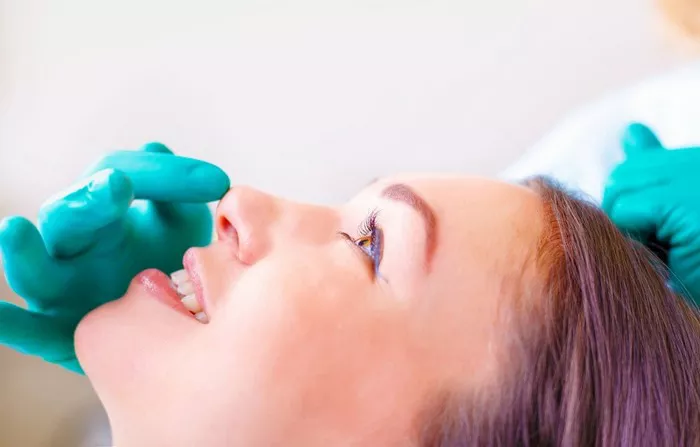Rhinoplasty, commonly known as a nose job, is a surgical procedure aimed at altering the size, shape, or appearance of the nose. Many individuals considering rhinoplasty often wonder how the surgery will affect their smile. The relationship between the nose and the smile is complex, as changes to the nose can have an impact on the overall facial harmony. In this article, we will explore the potential effects of rhinoplasty on a person’s smile, the factors that may influence these changes, and the importance of selecting a skilled surgeon to achieve desirable and natural-looking results.
Understanding Rhinoplasty
Rhinoplasty is a highly individualized procedure, as each person’s nose has unique characteristics that define their facial appearance. The surgery can be performed for both cosmetic and functional reasons, such as correcting a deviated septum or improving the nose’s aesthetic balance.
During rhinoplasty, the surgeon may remove or reshape cartilage and bone to achieve the desired changes. This can involve altering the nasal bridge, narrowing the nostrils, or refining the nasal tip. It is essential to communicate your goals and expectations clearly with the surgeon during the consultation process.
The Relationship Between the Nose and Smile
The position and shape of the nose can influence the appearance of the smile and overall facial aesthetics. A balanced and proportionate nose can enhance the smile’s attractiveness, as it contributes to facial harmony. Conversely, an asymmetrical or disproportionate nose can draw attention away from the smile and other facial features.
In some cases, individuals with certain nasal features, such as a drooping nasal tip or flared nostrils, may feel that their smile appears less balanced or less flattering. Rhinoplasty can address these concerns and improve the overall facial appearance, including the way the smile complements other facial features.
Potential Effects on the Smile
Rhinoplasty can have several effects on the smile, depending on the specific changes made to the nose and the individual’s unique facial anatomy. Some potential effects include:
a. Improved Facial Harmony: A well-proportioned nose can enhance overall facial harmony, making the smile appear more balanced and appealing.
b. Enhanced Confidence: Correcting nasal imperfections can boost self-confidence, leading to a more radiant and confident smile.
c. Reduced Nasal Flaring: If the nostrils were previously flared, narrowing them through rhinoplasty can result in a more subtle and natural smile.
d. Impact on Lip Mobility: In some cases, changes to the nose can affect the way the upper lip moves during smiling. A skilled surgeon will take this into account to achieve a pleasing smile and facial expression.
Factors Influencing Smile Changes
Several factors can influence how rhinoplasty may affect the smile:
a. Surgical Technique: The surgical approach used, such as open or closed rhinoplasty, can influence the extent of changes to the nasal structures and, consequently, the smile’s appearance.
b. Pre-existing Nasal Features: The patient’s existing nasal shape and position will determine how the nose surgery affects the overall facial balance and smile.
c. Surgeon’s Skill: The expertise and experience of the surgeon play a crucial role in achieving natural-looking results that harmonize with the rest of the face.
d. Patient’s Goals: Clear communication between the patient and surgeon regarding their desired outcomes is essential to tailor the procedure accordingly.
Importance of Choosing a Skilled Surgeon
Selecting a skilled and board-certified plastic surgeon or otolaryngologist (ENT) with extensive experience in performing rhinoplasty is vital to achieving satisfactory results. A skilled surgeon will take into account the individual’s facial anatomy, desired changes, and overall facial harmony to create a personalized treatment plan.
During the initial consultation, the surgeon will discuss the potential effects of rhinoplasty on the smile and address any concerns the patient may have. Computer imaging and simulations may also be used to provide a preview of the expected changes and their impact on the smile.
Conclusion
Rhinoplasty can indeed impact a person’s smile, especially when it comes to achieving facial balance and harmony. By correcting nasal imperfections and enhancing the nose’s aesthetics, rhinoplasty can improve the overall appearance of the smile and boost self-confidence.
It is essential to consult with a skilled and experienced surgeon to discuss your goals and expectations thoroughly. A knowledgeable surgeon will consider your unique facial anatomy and desired changes to create a personalized treatment plan that results in a natural-looking outcome and a more confident smile. Remember that rhinoplasty is a highly individualized procedure, and the ultimate goal is to achieve a balanced and harmonious appearance that complements the entire face, including the smile.


